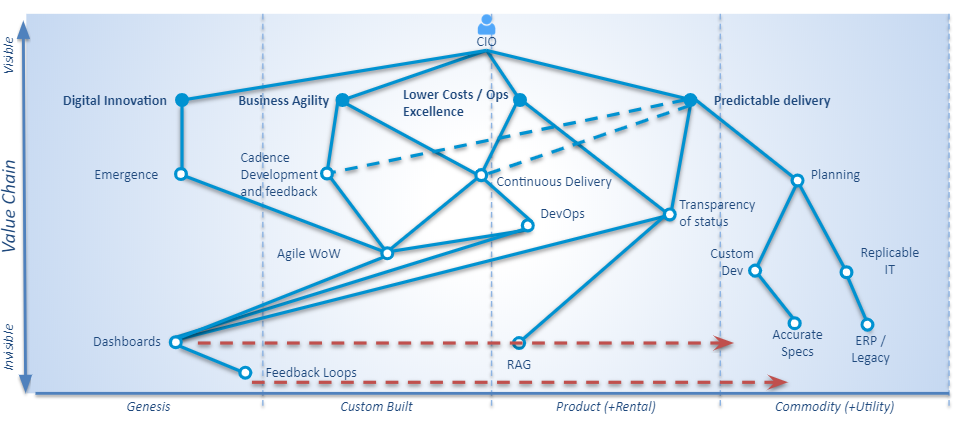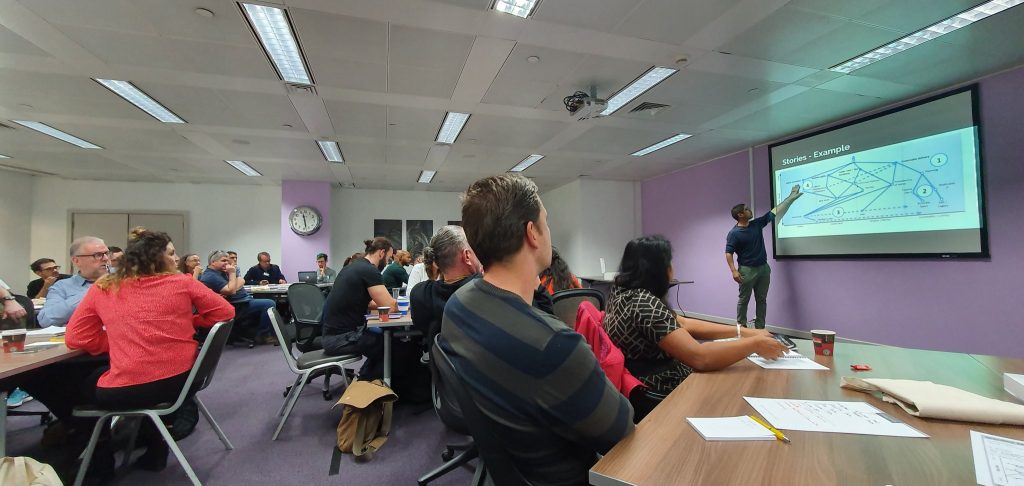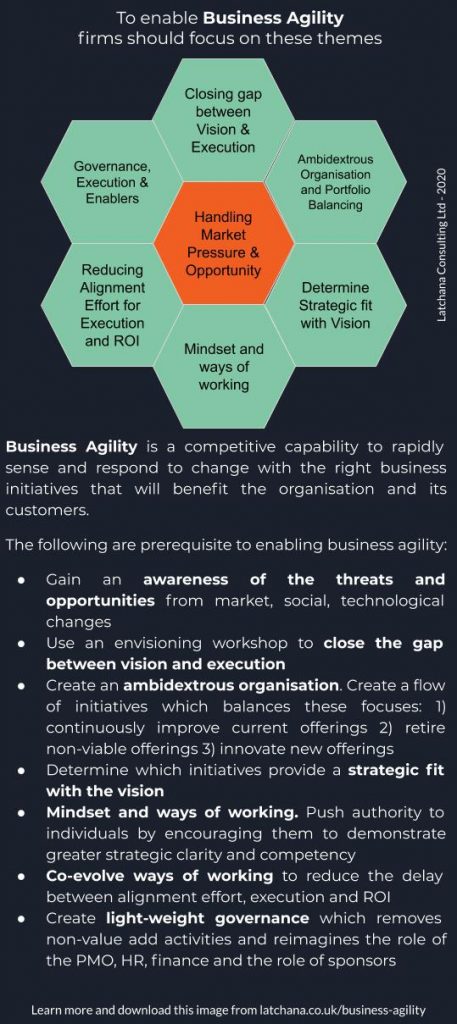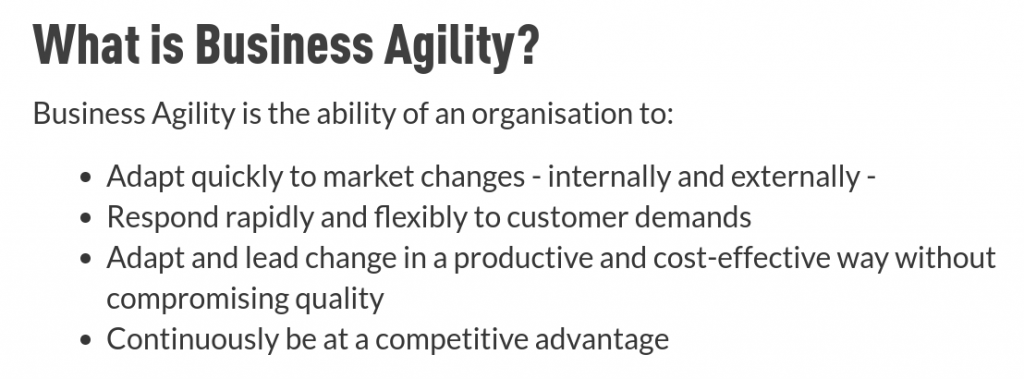S is for Structure
With its functional silos, the structure of our organisations is not effective in creating an environment for shared intent, cross-functional collaboration and synchronisation.
Create small, colocated, full-time, cross-disciplined, self-managing, long-lasting teams that continuously deliver value directly to our organisations’ customers and clients.
I is for Incentives
We often incentivise, reward and recognise individuals and departments with little regard to whether they’ve worked alongside others to ensure value is delivered end-to-end.
Instead, we should evaluate performance holistically and with peer feedback for learning and development. We should reward shared success against the competition.
L is for Leadership
As leaders, we are often schooled in, and then perpetuate ways of working that are a legacy of 19th-century manufacturing and 20th-century cost-driven centralisation. This may be appropriate for managing from a distance and at scale.
However, it’s not fit-for-purpose for most 21st-century business endeavours where organisations need to become value-driven and sense & respond to market conditions. As leaders, we should know teams need to be devolved, yet have a more involved leadership that coaches and aligns teams.
L is for Losing Time
Too often organisations lose 80% of their time trying to deliver what is in reality only 20% of the value.
Instead, our organisations should be spending, at most, 20% of their time determining whether there’s potential to realise 80% of the value. Test assumptions, challenge convictions, and course-correct before spending 20% of the time and budget.
If, despite best efforts, the value cannot be realised, pull the plug on the work without delay, regroup, reflect and set off in a new direction.
Embody the principles of Action before Perfection and Delivering Value Early and Often
Y is for Yesterday
In a fast-changing world, yesterday’s success is no guarantee for future success.
Check out Barry O’Reilly book Unlearn.
S, I, L, L and Y spells SILLY.
Each point represents the often unquestioned reality of many of our organisations. It hampers Business Agility – the ability of an organisation to continuously sense and respond to its environment in order to fulfil its mission.
We need to be bold, ask challenging questions and co-discover ways to create organisations that support our colleagues to deliver value to customers, clients and civil society.
Email or call me to discuss.
dean@latchana.co.uk
+447801 953 120





